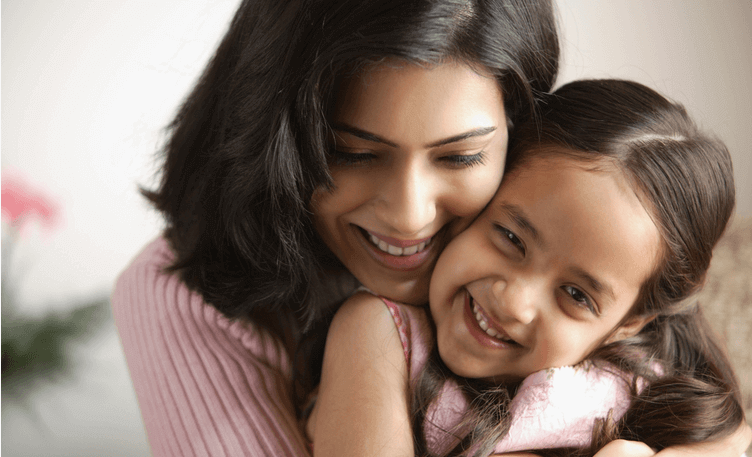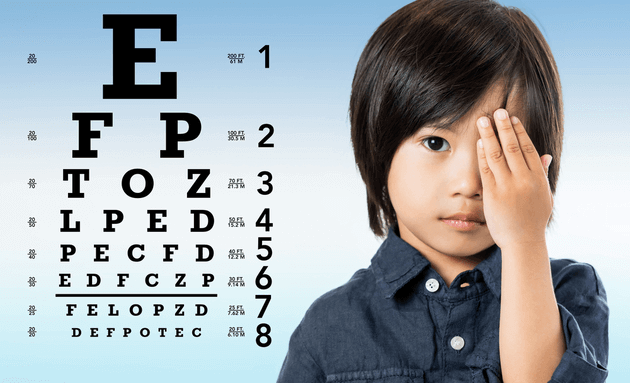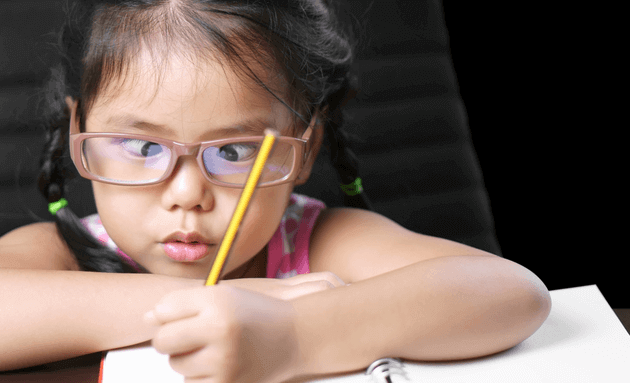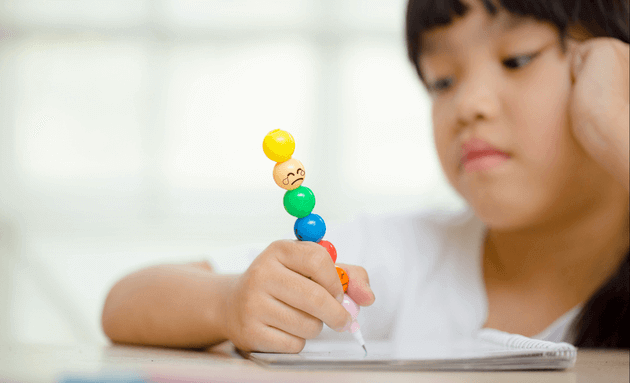How To Identify Vision Problems In Young Children

Children these days have more eye problems than ever before, owing to the change in lifestyle and education system in India. When a child’s vision suffers, his or her schoolwork does, too. An increased emphasis on competition and the advancement of technology has led to children spending more than four hours in front of their computer screens and tablets to study or do their homework.
How Is My Child’s Vision Affected?

Good vision depends on the clarity and health of your eye lens. Prolonged exposure to digital screens and unhealthy diets can also play a part in damaging your vision. Here are some of the most common vision problems that can affect children:
- Myopia (Nearsightedness)
- Astigmatism (Incorrectly curved cornea)
- Anisometropia (Unequal refractive power in both eyes)
- Amblyopia (Lazy Eye)
- Strabismus (Squint/Cross Eyes)
The above-mentioned disorders can lead to refractive errors, different prescriptions, or blurred vision among children.
What Are the Warning Signs of Vision Problem in Your Child?
Early detection of problems has a better chance of being treated successfully.
Up to 1 year of age:
- Babies older than 3 months should follow an object, like a toy, with their eyes as it moves across their line of sight. Alert your doctor if you find that your baby can't make steady eye contact by this time.
- Before 4 months, most babies' eyes occasionally look misaligned (strabismus). However, inward crossing or outward drifting that occurs regularly after 4 months of age is usually abnormal.
Pre-schoolers:

Vision problems such as a lazy eye (amblyopia) may have no warning signs. Hence, it's important at this time to have your child's vision checked. There are specific tests that check your child's vision even before he or she can read. Consult your ophthalmologist for more details.
Older Children:
If you notice any of the following signs or symptoms, let your child's doctor know:
- Eyes that look crossed, turn out or don't focus together
- White or greyish white colour in the pupil
- Eyes that flutter quickly from side to side or up and down
- Eye pain, itchiness, redness, or discomfort reported by your child
- Pus or crust in either eye
- Watery eyes and drooping eyelids
- Eyes that often appear overly sensitive to light
Learning Disabilities and Vision Problems in Children

Learning disabilities are psychological disorders that affect learning but they are not vision problems. However, learning-related vision problems may coexist with learning disabilities.
If your child frequently showcases poor handwriting, reverses letters while reading or writing, doesn’t like or has difficulty with writing or math, consistently mistakes his left for his right or vice versa, doesn’t verbally express himself or herself, or consistently behaves inappropriately in social situations, then seek help.
When Should You Take Your Child to an Ophthalmologist?

Ophthalmologists and paediatricians suggest a vision screening (a first-level eye exam that alerts you about any vision impairments) should be a part of a routine health-checkup for your child. However, it is best to consult an ophthalmologist or optometrist to decide on how often you should take your child for screening.
How Can You Keep Your Child’s Vision Healthy?
Taking care of your child’s eyes in childhood can help her have a lifetime of healthy vision.
- Get an eye exam every 2 years.
- Know your family’s eye health history since many conditions are hereditary.
- Eye injuries are the leading cause of blindness in children, and 90% of them can be prevented. Ensure that your child wears protective eyewear when they play outdoors. This includes safety glasses, goggles, eye shields and eye guards.
- Have kids clean their hands regularly to avoid the risk of infections like pink-eye.
- Encourage a diet rich in fruits and vegetables, especially dark, leafy greens. Fish high in omega-3 fatty acids is good for eye health, too.
- Maintain a healthy weight. Being overweight puts kids at risk for diabetes, which can lead to vision loss and glaucoma.


